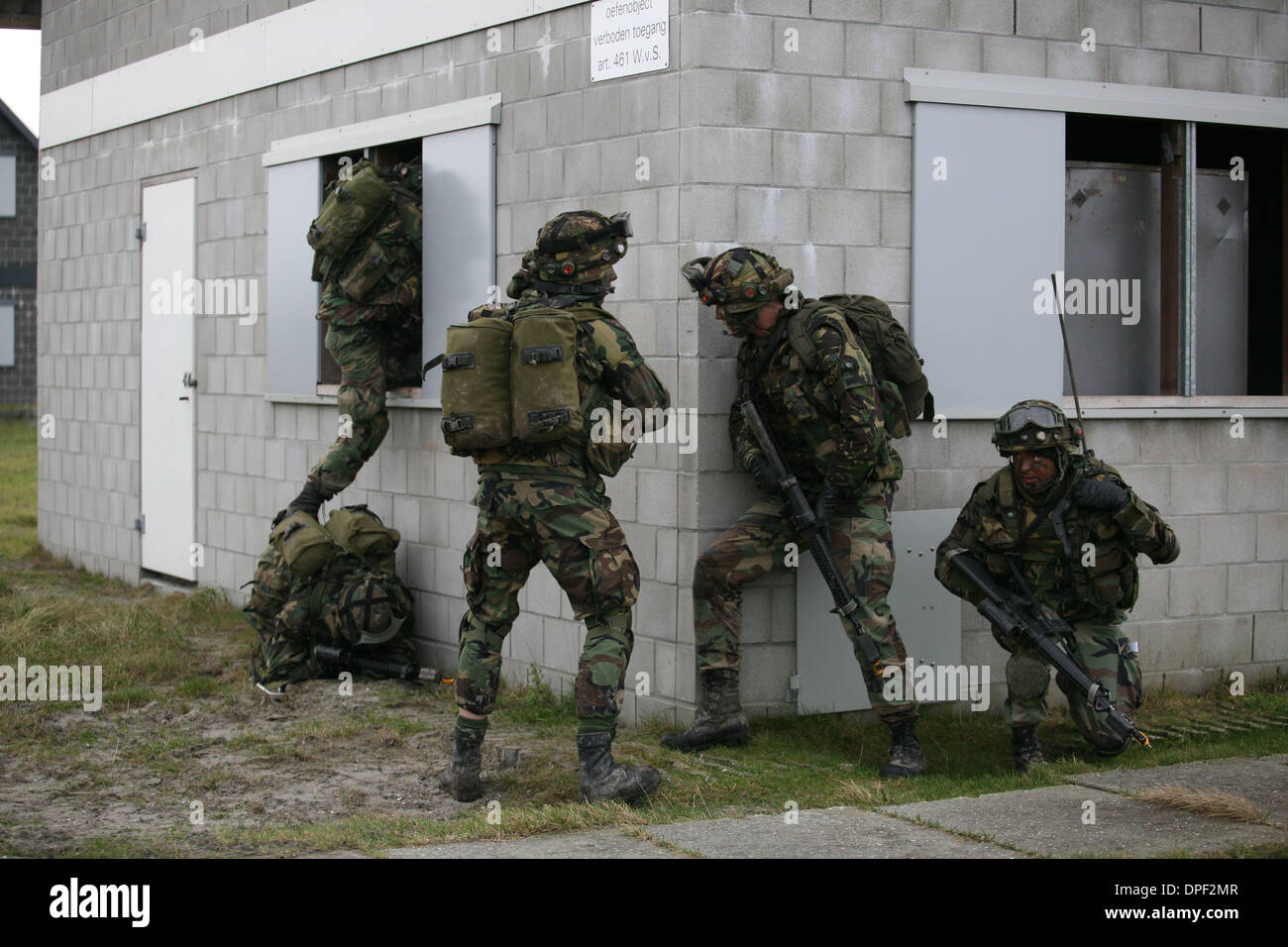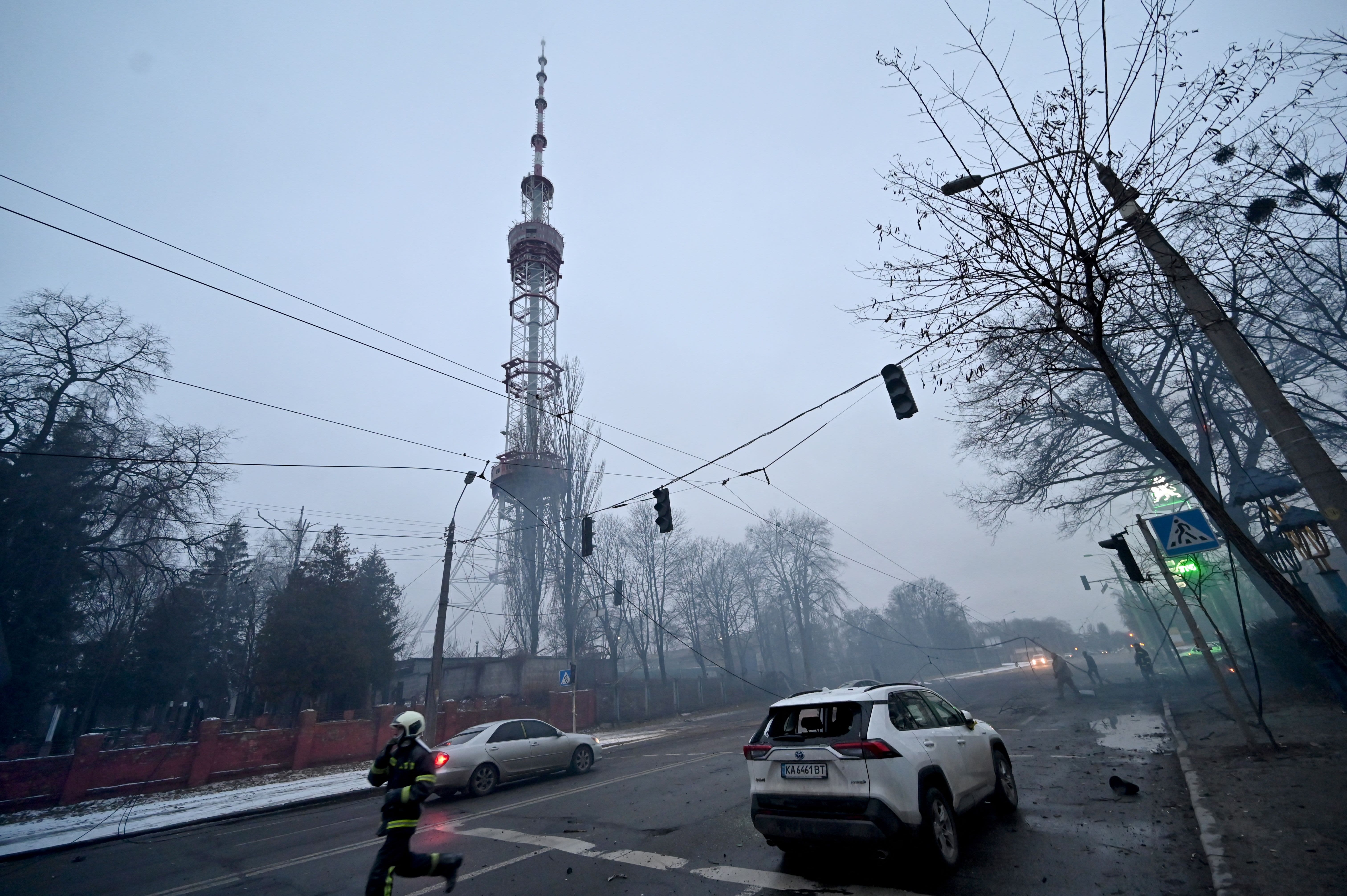Crisis Communication Military - Biden has emphasized building lines of communication with China to "responsibly manage" their differences. A November meeting between Xi and Biden yielded an announcement that the two governments would resume a range of dialogues that China had shut down after an August Taiwan visit by then-House Speaker Nancy Pelosi.
When the worst happens, it's natural to be overwhelmed at the moment, so it's important to rehearse your response in advance. Establishing a plan will help you and your team regain control as quickly as possible after the crisis occurs.
Crisis Communication Military

Being prepared in case of an emergency is critical. When you plan ahead of time, you can do your part in the moment without panicking. On the one hand, some scholars see the value of U.S.-China military exchanges.
Prepare For Any Crisis
The former head of the Institute of Strategic Studies at the National Defense University, Yang Yi, recently argued that Beijing and Washington should resume high-level military exchanges to "enhance trust and dispel doubts between the two armies."
That said, some scholars worry that previous dialogue mechanisms may prove insufficient to manage the current challenges at hand. Even before the recent breakdown in bilateral communication, one Chinese scholar suggested that the "confidence-building measures that exist today between China and the United States are rudimentary compared to those between the Soviet Union and the United States during the Cold War."
In May 2021, reports emerged that U.S. Defense Secretary Lloyd Austin has tried and failed—three times—to organize high-level military talks with General Xu Qiliang, vice chairman of China's Central Military Commission. This was surprising, given that one of Austin's predecessors, former secretary of defense James Mattis, met with Xu just three years ago.
Chinese media outlets allege that Austin "disregard[ed] diplomatic protocol" by not requesting a meeting with his civilian counterpart, Chinese Minister of Defense Wei Fenghe. The Trump administration has most directly challenged Beijing's regional claims by conducting an increasing number of "freedom of navigation" operations both through the Taiwan Strait and the waters of the South China Sea.
What Is Hindering The Two Sides From Resuming Military Contacts?
Here, China has established a growing military presence across islands claimed by other countries. "My worry is that the EP-3 type incident will happen again," said Lyle Morris, a country director for China for the Office of the Secretary of Defense from 2019 to 2021, now a senior fellow at the Asia Society Policy Institute.

"And we will be in many different political environments of hostility and mistrust, where that could go wrong in a hurry." U.S. scholars have similar debates about the effectiveness of crisis communication channels, albeit on different terms than their Chinese counterparts.
Some U.S. analysts suggest that military-to-military contacts played an important role in preempting escalation during the Cold War and, therefore, should also play a role amid growing competition between the United States and China. Conversely, other scholars refer to past cases when crisis communication mechanisms went unused, suggesting that efforts to establish crisis management mechanisms could ultimately prove ineffective.
PAVILION is a portal to a searchable knowledge base of resources that are curated, developed and pulled from training courses, fleet, field, and industry, and crowd sourced from the Department of Defense community. It supplements the U.S.
Using Social Media During A Crisis
military's in-person communication training for members of the armed services, select Department of Defense civilians and international military personnel. Within hours of an Air Force F-22 downing a giant Chinese balloon that had crossed the United States, Defense Secretary Lloyd Austin reached out to his Chinese counterpart via a special crisis line, aiming for a quick general-to-general talk that could explain
things and ease tensions. And while he announced further interactions planned throughout the rest of the year, he also issued a sharp warning in response to unspecified U.S. media reports that President Donald Trump's administration could conduct MQ-9 Reaper drones against China-controlled islands in the South China Sea in an effort to influence the election in the incumbent's favor.
In a crisis, you may be looking at social media to get information out quickly to your public, but this is not always the right thinking. Even if you have a well-established social media space, you cannot count on your [audiences] going there for information.
Your mission is to communicate vital information about the aircraft crash to the public and internal audiences while still protecting the privacy of victims during this crisis situation. Resources and other information regarding the mission will be provided to help you along the way.

Simulation Keep Your Cool When Things Heat Up—Plane Crashes During Air Show
"For that reason PAVILION continues to roll out lessons in crisis communication, from concepts and broad-based topics, to checklists on specific tasks. We continue to hear from many public affairs professionals who use PAVILION that the content is relevant and useful in supporting their day-to-day operations," he said.
China's Defense Ministry says it refused the call from Austin after the balloon was shot down because the U.S. had "not created the proper atmosphere" for dialogue and exchange. The U.S. action had "seriously violated international norms and set a pernicious precedent," a ministry spokesperson was quoted as saying in a statement issued late Thursday.
Corporate executives can learn a thing or two about crisis communication in a disciplined, organized and trained manner from the U.S. military which is known, after all, for the emphasis it places on discipline, organization and training.
The Trump administration has launched a comprehensive campaign to rethink Washington's relationship with Beijing, which the White House accuses of a range of abuses in the realms of trade, human rights and territorial disputes in Asia.
How Have Us-China Military Dialogues And Crisis Communications Declined In Recent Years?
The temperature has been especially high around Taiwan, a self-ruling island claimed by the Chinese mainland since their de facto division at the end of a civil war in 1949. The armed forces of the United States and China held a joint meeting to discuss how they would maintain communications in the event of a crisis, the first such interaction of its kind that takes place as the two countries continue to trade warnings just days before the U.S.
presidential election. The U.S. signed the latest of several defense deals with India, the only fellow member of the Quadrilateral Security Dialogue without a formal alliance with Washington. The other member states are Australia and Japan;
they, along with India, are all locked in worsening tensions with China. The armed forces have lots of experience communicating about crisis situations. Recent examples include a Navy training jet that crashed into a residential neighborhood, the use of hazardous and toxic chemicals in firefighting foam at a Marine Corps base and an active shooter on an Army installation.

On-again, off-again military ties are nothing new for U.S.-China relations. What is new, however, is the rise in bilateral distrust coupled with an overall increase in U.S. and Chinese military operations in the South China Sea and the Taiwan Strait.
Tips For Crisis Communication
Amid this worrying backdrop, public records show that U.S. and Chinese defense officials have not met to discuss crisis management in more than nine months; in the meantime, the risk of a military conflict has only grown more acute.
Even if the two countries can reopen previously established mechanisms—like the 1998 Maritime Military Consultative Agreement and the 2014 Code for Unplanned Encounters at Sea—the relationship would still lack ways to reduce uncertainty in newer strategic domains, such as outer space or cyberspace.
In years past, the U.S. and Chinese militaries engaged in dozens of recurrent, high-level exchanges to promote transparency and reduce distrust. In addition to frequent communication, the two militaries conducted regular joint exercises focused on humanitarian assistance and disaster relief.
Given the overall deterioration in bilateral relations, it is no surprise that U.S.-China military exchanges have shifted their focus from joint efforts to address humanitarian crises and disasters to instead emphasize deescalating crises and avoiding conflict.
Crisis Communication Portal
At the same time, the number of annual military exchanges between the two countries declined from a peak of forty-one in 2014 to less than twenty per year under former president Donald Trump (see figure 1).
Most recently, the recurrent, high-level Security and Diplomatic Dialogue, established in 2017, was abandoned by the Trump administration in 2019. Unfortunately, military contacts often bear the brunt of broader tensions in U.S.-China relations. Chinese officials, in particular, have a history of suspending crisis communication channels, most notably as they did after the NATO bombing of the Chinese embassy in Belgrade in 1990, during the 1995–1996 Taiwan Strait crisis, and following the 2001 EP-3 spy
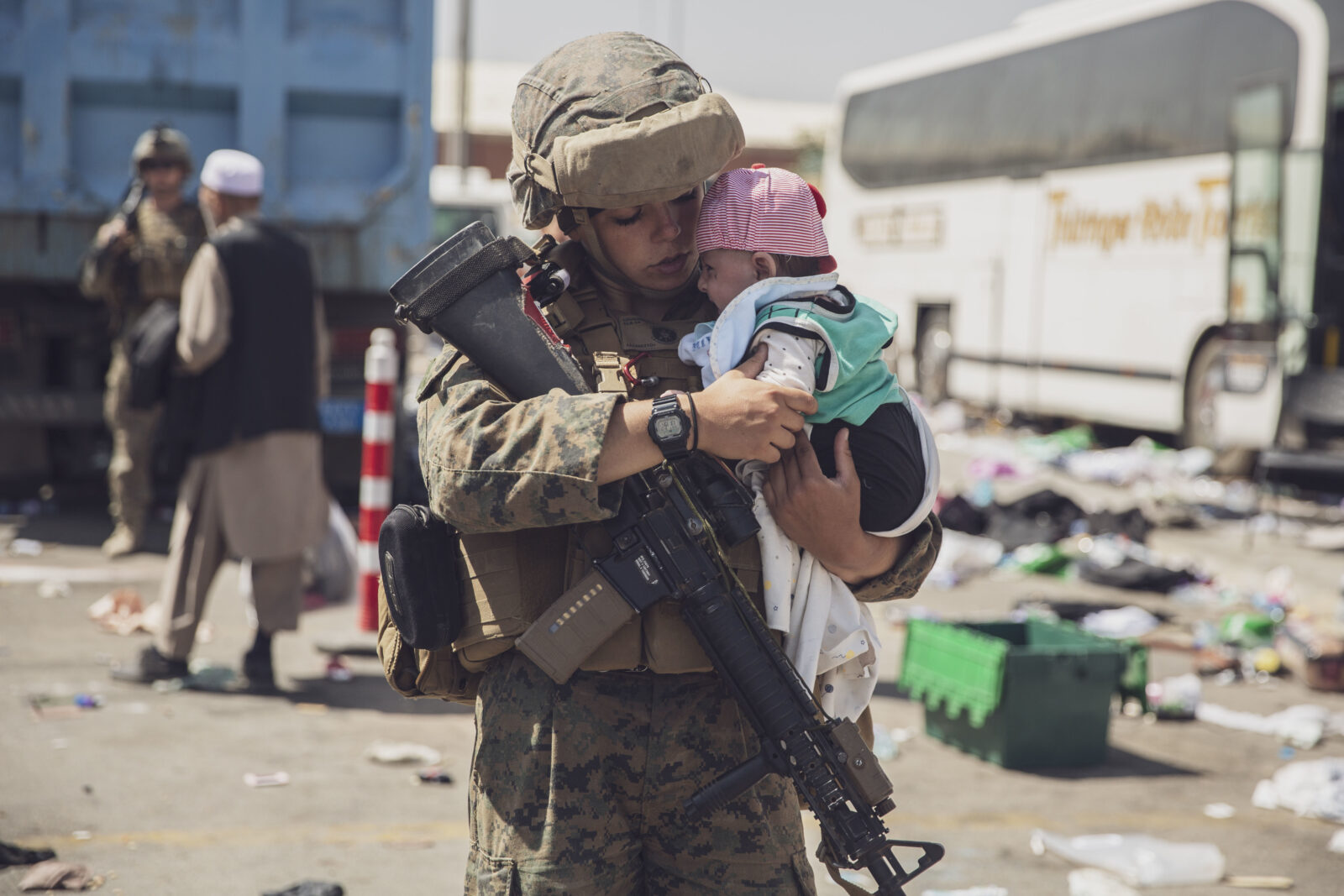
plane incident. The two sides should resist the temptation to keep crisis communications frozen, especially at the precise moment when these channels are most necessary. © 2023 Fortune Media IP Limited. All Rights Reserved. Use of this site constitutes acceptance of our Terms of Use and Privacy Policy
CA Notice at Collection and Privacy Notice | Do Not Sell/Share My Personal Information | Ad Choices FORTUNE is a trademark of Fortune Media IP Limited, registered in the U.S. and other countries. FORTUNE may receive compensation for some links to products and services on this website.
Why Is Maintaining Us-China Military Contacts Important?
Offers may be subject to change without notice. S&P Index data is the property of Chicago Mercantile Exchange Inc. and its licensors. All rights reserved. Terms & Conditions. Powered and implemented by Interactive Data Managed Solutions.
After more than three years without formal, high-level strategic dialogues, Washington and Beijing are starting to talk again. Senior U.S. and Chinese foreign policy officials met in Alaska in March 2021, climate policy representatives met in Shanghai in April, trade and economic policy representatives have spoken by phone on multiple occasions throughout the summer, and deputy-level diplomats concluded their first meeting in the Chinese city
of Tianjin last month. The White House has stressed that it is not pursuing dialogue with Beijing for its own sake, but rather to "set terms for responsible management of the U.S.-China relationship." Yet, despite this progress, Beijing so far has appeared reluctant to reopen the one form of dialogue perhaps most conducive to managing a military incident: crisis communication channels.
The Current Buster 600, a high-speed oil containment system used to separate oil from water in the ... [+] event of an oil spill, is placed in the water in preparation for an oil spill response during a crisis response exercise.
Better Equipped To Handle Threats
Coalition forces are conducting this exercise to enhance their capabilities to respond to a host nation's request for assistance during a time of a crisis. Full disclosure: In 2019, I had an opportunity to observe a crisis communication training exercise for public affairs officers at the Pentagon's Defense Information School.
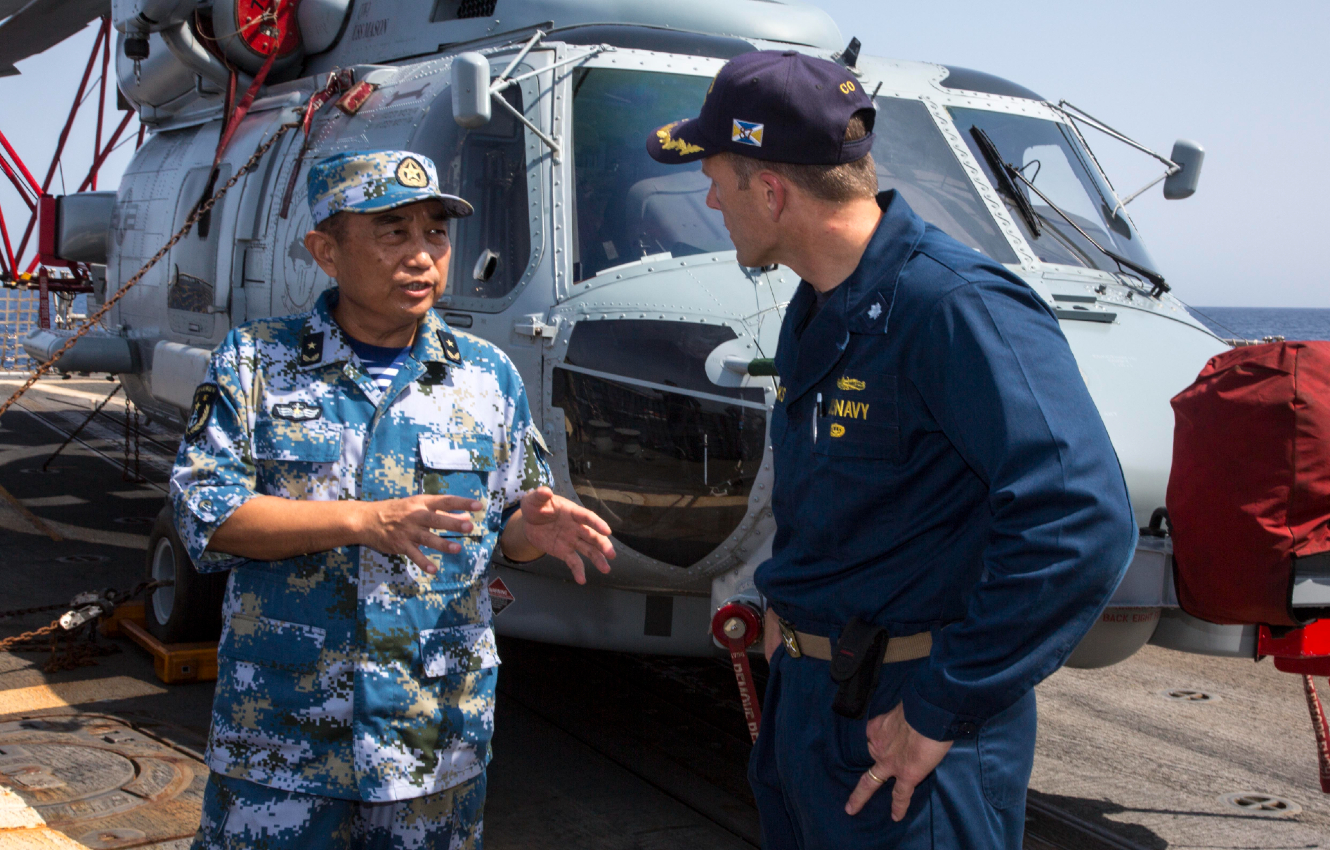
And this summer I served as a subject matter expert for the U.S. Department of Defense when it revised the crisis communication portion of its PAVILION website. The updated site went live in August. "I think [China] is probably the greatest threat to our country that Americans, writ large, do not understand," Braithwaite said during a Navy Memorial event Wednesday, according to Military.com.
"... I literally believe with all my heart and soul -- and I can't stress this any more -- what we are seeing emerging is a threat beyond any comparison ever in the history of our country."
Military exchanges are no panacea for the myriad issues riddling U.S.-China relations. If implemented correctly, however, they can at least reduce the likelihood that unsafe incidents or encounters escalate into broader crises. As Beijing and Washington begin to resume bilateral contact, the two sides would be well-served to reestablish guardrails so as to prevent what could undoubtedly become a devastating military confrontation.
How Do The Views Of Chinese And Us Scholars And Policymakers On Military-To-Military Dialogues Compare?
Wu also echoed Chinese Foreign Ministry spokesperson Wang Wenbin's criticism the day before in his comments regarding U.S. Defense Secretary Mark Esper's remarks emphasizing joint efforts with India to counter China during a recent bilateral ministerial meeting in New Delhi.
Wu called it part of a "Cold War mentality and zero-sum game concept." From Americans' perspective, the lack of the kind of reliable crisis communications that helped get the U.S. and Soviet Union through the Cold War without an armed nuclear exchange is raising the dangers of the U.S.-China relationship now, at a time when China's military strength is growing and tensions with the U.S.
are on the rise. U.S. generals are persisting in their efforts to open more lines of communication with Chinese counterparts, the defense official said, testifying before the Senate Foreign Relations Committee. "And unfortunately, to date, the PLA is not answering that call," Ratner said, referring to China's People's Liberation Army.
Wu said he had assurances from the Pentagon that such a scenario was not in the works, but warned: "Should anyone dare to stir up a conflict on the sea, the Chinese side will fight back resolutely to safeguard its national sovereignty and security interests.
" "It is hoped that the U.S. and China will meet halfway, reduce hostility, refrain from provocations, strengthen communication, manage risks and play a constructive role in the stable development of relations between the two militaries," Wu added.
Washington switched its recognition from Taipei—heading Taiwan, officially known as the Republic of China—to Beijing, leading the People's Republic of China—decades ago, but the Trump administration has expanded informal ties. Among the most controversial aspects of this unofficial relationship with Taiwan, is U.S.
military assistance. When a crisis occurs, and your reputation is on the line, it is vitally important to be prepared to communicate effectively. These five tips will help you manage a crisis and facilitate a more positive response from your audience.
crisis communication management, military crisis management, crisis communication plan, us military crisis, crisis communications definition, crisis communications template, crisis communication examples, military crisis line

:max_bytes(150000):strip_icc()/Twoactivedutymilitaryontheirphones_CatherineLedner_Stonecollection_GettyImages-533929279-f03b676ffa1a46efbc207d2c59c95bd8.jpg)




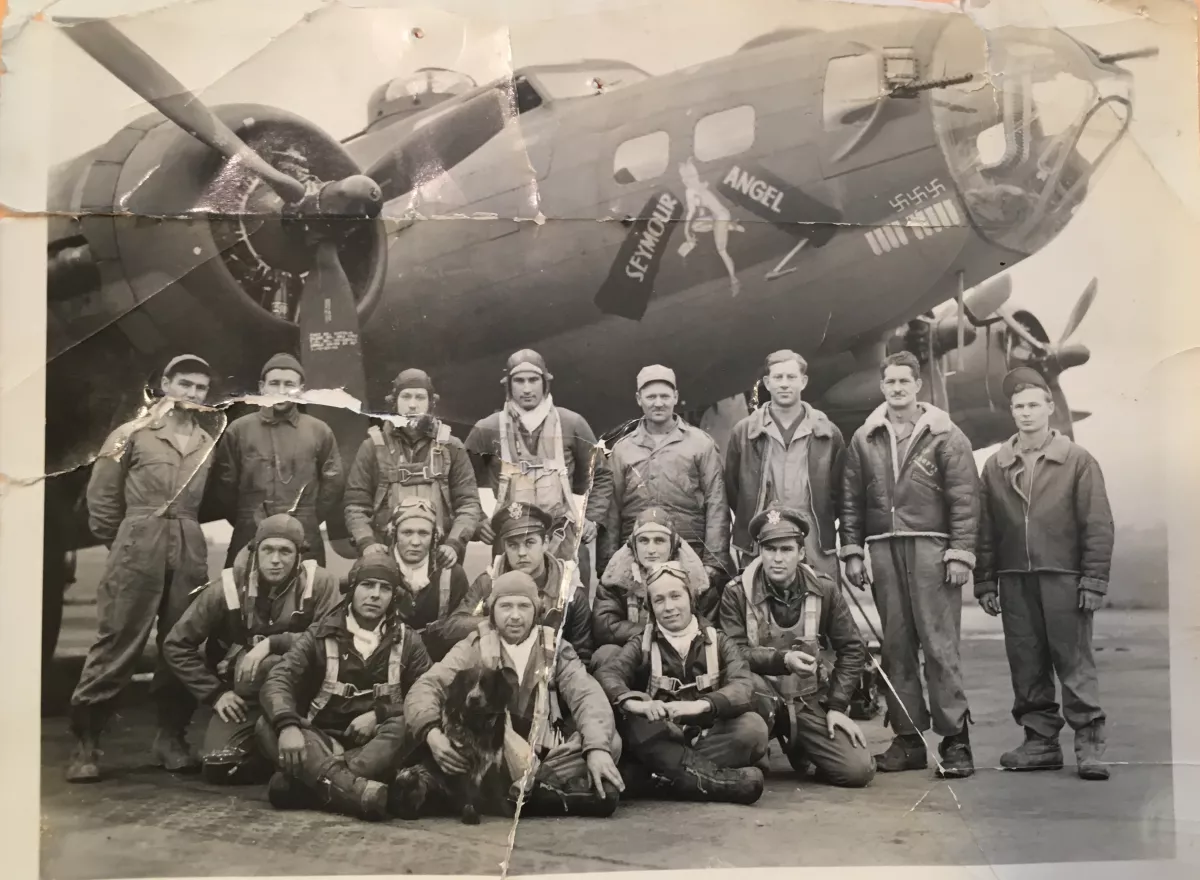





/cloudfront-us-east-1.images.arcpublishing.com/gray/ZDVT3526QJHRLGFAC322XJEADQ.jpg)




